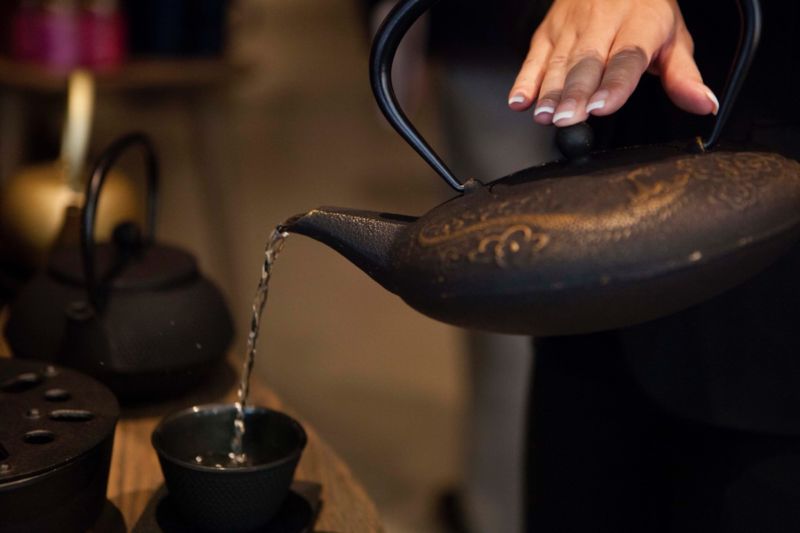Dribble no more: Physics can help combat that pesky “teapot effect”
Ars Technica » Scientific Method 2019-05-17

Tea drinkers know all too well that annoying dribble from the kettle spout that so often occurs as one pours a nice refreshing cuppa. It's even known as the "teapot effect," and it usually happens when the tea is poured too slowly. Potters usually design their pots—giving the spout a thin lip, for instance—to reduce the likelihood of dribbling, based on centuries of accrued knowledge derived from trial and error.
Now a group of Dutch physicists has come up with a quantitative model to accurately predict the precise flow rate for how much (or how little) a teapot will dribble as it pours, described in a recent paper in Physical Review Letters. The model accurately describes both the simple teapot effect and more complex behavior—notably, the formation of a helix as a water stream swirls around a cylinder. That should be a boon not just for teapot design, but for 3D printing and similar industrial applications, which are also plagued by inconvenient dribbling.
Physicists have long been fascinated by the phenomenon. The late Stanford engineer and mathematician Joseph B. Keller once recalled attending a lecture by an Israeli scientist who mentioned that he'd posed the question of why teapots dribble to 100 physicists. All opined that it must be due to surface tension, but when the Israeli scientist performed experiments to test that theory, this proved not to be the case.